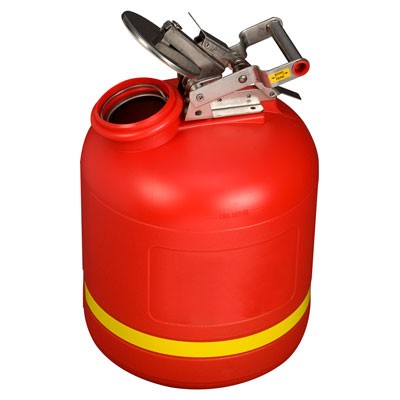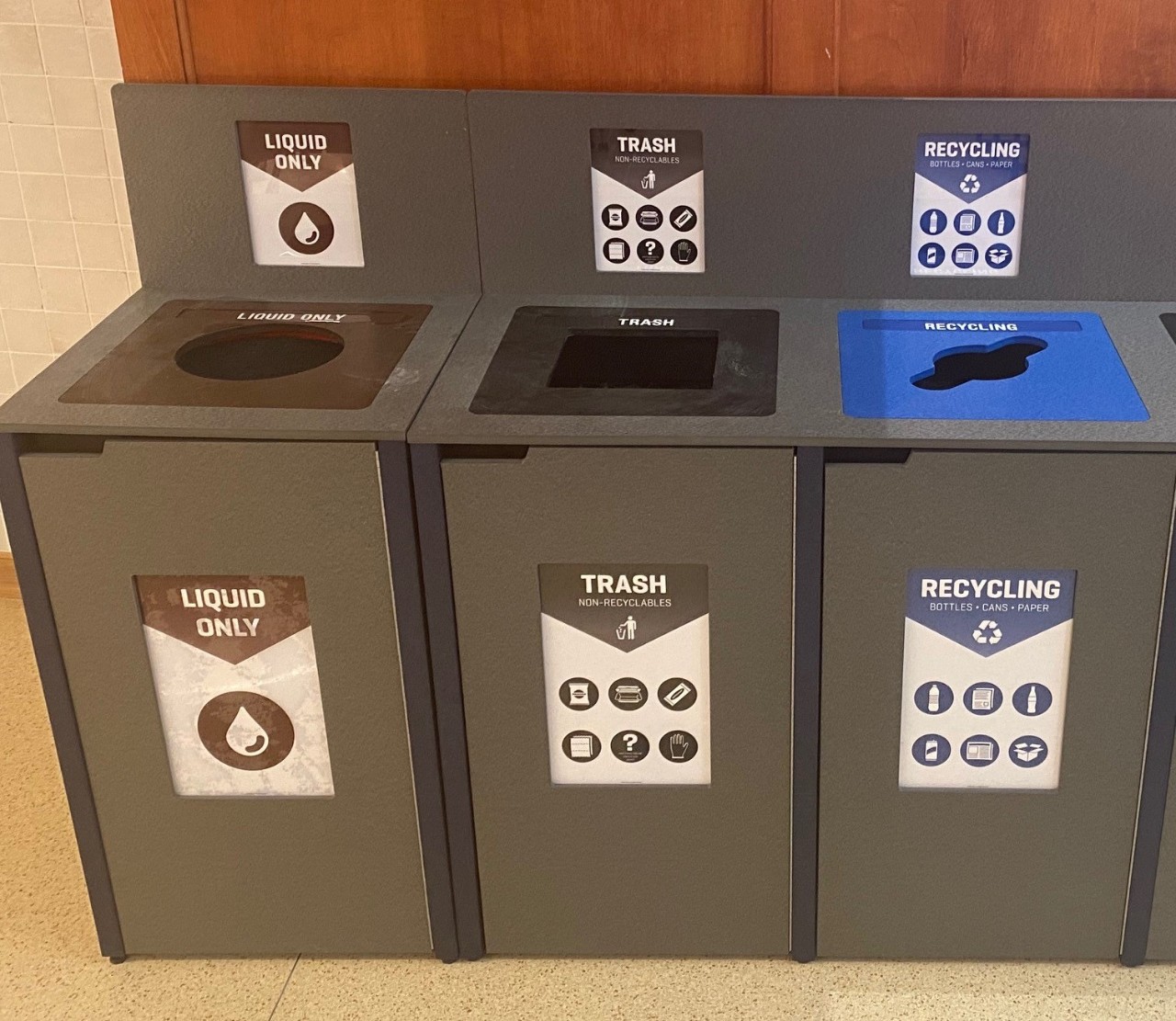How Liquid Waste Disposal Works: A Thorough Introduction of Methods and Technologies Used

Review of Liquid Waste Kind
The complexity of fluid waste types demands a complete understanding of their features and ramifications for disposal. Fluid waste can extensively be categorized into a number of kinds, consisting of industrial, local, farming, and contaminated materials. Each group exhibits distinct residential or commercial properties, requiring details monitoring techniques to reduce environmental and wellness dangers.
Industrial fluid waste originates from making procedures and usually has a series of contaminants, such as heavy steels, solvents, and natural compounds. Community liquid waste, primarily consisting of wastewater from families and business facilities, includes organic matter, nutrients, and microorganisms (industrial wastewater treatment). Agricultural liquid waste, consisting of runoff from ranches, may consist of plant foods, chemicals, and pet waste, positioning risks to water top quality and communities
Hazardous liquid waste is defined by its toxicity, sensitivity, or prospective to trigger damage. This category includes materials like acids, bases, and particular chemicals that necessitate rigorous handling and disposal protocols. Understanding these varied liquid waste types is important for developing reliable disposal techniques and making certain compliance with environmental guidelines. Correct classification and characterization are crucial for applying proper treatment strategies and lessening the adverse influences on public health and the setting.
Physical Therapy Methods

Testing is the initial action, where larger fragments and debris are eliminated from the liquid waste using displays or grates. This procedure protects downstream devices from damages and makes certain smoother procedure. Complying with testing, sedimentation utilizes gravitational force to different solids from liquids. In sedimentation tanks, larger particles clear up near the bottom, forming a sludge layer, while the cleared up liquid can be further treated.
Purification is one more vital method that involves passing the liquid through permeable products, such as sand or membrane layers, to record smaller bits. This step boosts the quality of the fluid, making it appropriate for subsequent treatment procedures.

Chemical Therapy Methods
Chemical therapy strategies are important for successfully taking care of liquid waste, especially in dealing with liquified and colloidal pollutants that physical methods might not effectively eliminate. These strategies utilize different chemical representatives to counteract, speed up, or change unsafe compounds right into much less damaging kinds.
One typical technique is coagulation and flocculation, where chemicals such as alum or ferric chloride are included in advertise the aggregation of suspended bits. This procedure boosts sedimentation, permitting easier removal of the resulting sludge. Additionally, oxidation procedures, utilizing representatives like chlorine or ozone, are used to break down complicated organic compounds and virus, rendering the waste much safer for discharge or visit the site additional therapy.
Neutralization is an additional crucial strategy, which changes the pH of acidic or alkaline waste streams to neutral degrees, protecting against potential damage to downstream systems and the atmosphere. In addition, progressed oxidation processes (AOPs) use mixes of oxidants and ultraviolet light to degrade persistent toxins, attaining a higher level of therapy efficiency.
Organic Therapy Procedures
Biological treatment processes play a vital function in the management of fluid waste by making use of microbes to disintegrate raw material and lower impurity levels. These procedures can be generally classified into anaerobic and cardiovascular treatments, each using details microbial areas to accomplish efficient waste destruction.
Aerobic treatment involves the usage of oxygen to help with the failure of organic materials by bacteria. This process is frequently executed in turned on sludge systems, where oygenation containers give a conducive atmosphere for microbial growth, leading to the oxidation of natural toxins. The resultant biomass can be separated from dealt with effluent through sedimentation.
On the other hand, anaerobic therapy occurs in the lack of oxygen, counting on different germs to damage down natural matter. This technique is particularly advantageous for high-strength waste, as it generates biogas, a renewable resource resource, while lowering sludge production. Technologies such as anaerobic digesters are regularly employed in municipal and industrial applications.
Both anaerobic and cardio biological therapies not only minimize the ecological effect of liquid waste yet also promote source healing, making them necessary elements of sustainable waste monitoring methods. Their flexibility, efficiency, and performance support their extensive implementation across numerous markets.
Arising Technologies in Disposal
Innovative methods to liquid garbage disposal are quickly progressing, driven by improvements in modern technology and an enhancing emphasis on sustainability. Among these arising technologies, membrane layer bioreactors (MBRs) have actually obtained traction for their capability to integrate organic therapy with membrane filtering, resulting in high-quality effluent that can be reused in numerous applications. MBRs make it possible for smaller impacts and a lot more effective operations contrasted to standard systems.
One more promising advancement is making use of anaerobic food digestion integrated with nutrient recovery technologies, which not only treats fluid waste but likewise generates biogas and recoups valuable nutrients like nitrogen and phosphorus. This twin benefit improves source performance and reduces environmental influence.
Additionally, progressed oxidation processes (AOPs) are being embraced for the deterioration of intricate natural pollutants. These approaches make use of powerful oxidants and drivers to break down impurities at the molecular degree, offering an extremely efficient remedy for tough waste streams.
Additionally, the combination of expert system and artificial intelligence in waste monitoring systems is optimizing functional efficiency and predictive maintenance, leading to minimized expenses and improved ecological compliance. YOURURL.com These technologies mirror a considerable shift in the direction of even more reliable and sustainable liquid waste disposal melbourne liquid waste disposal methods.
Verdict
In conclusion, reliable fluid waste disposal requires a detailed understanding of different strategies and technologies. By constantly progressing these methods, it ends up being possible to resolve the growing difficulties associated with fluid waste, inevitably contributing to environmental security and resource healing.
Fluid waste disposal is a crucial aspect of ecological monitoring, needing an extensive understanding of various techniques and innovations tailored to various waste types. Fluid waste can generally be classified right into numerous types, consisting of commercial, metropolitan, agricultural, and dangerous waste. Agricultural fluid waste, including runoff from ranches, might consist of fertilizers, chemicals, and animal waste, presenting threats to water high quality and communities.
Numerous physical therapy techniques play an important duty in managing fluid waste efficiently - industrial wastewater treatment.In final thought, efficient fluid waste disposal demands a thorough understanding of numerous methods and innovations